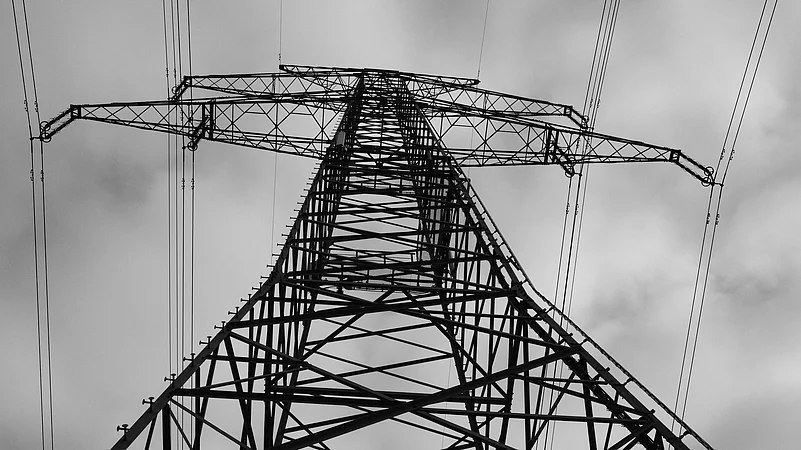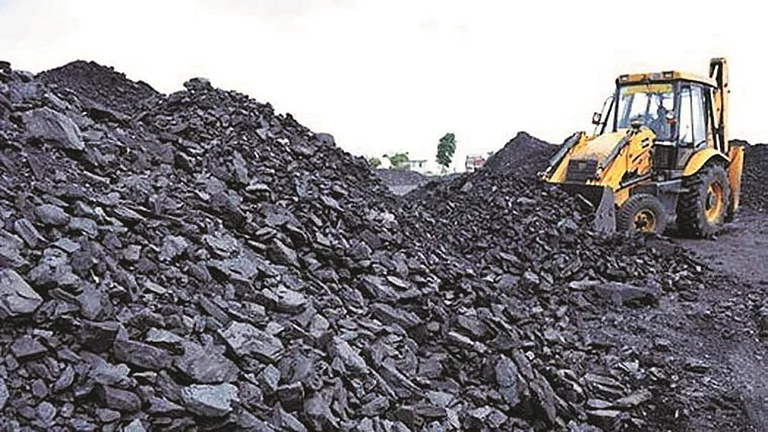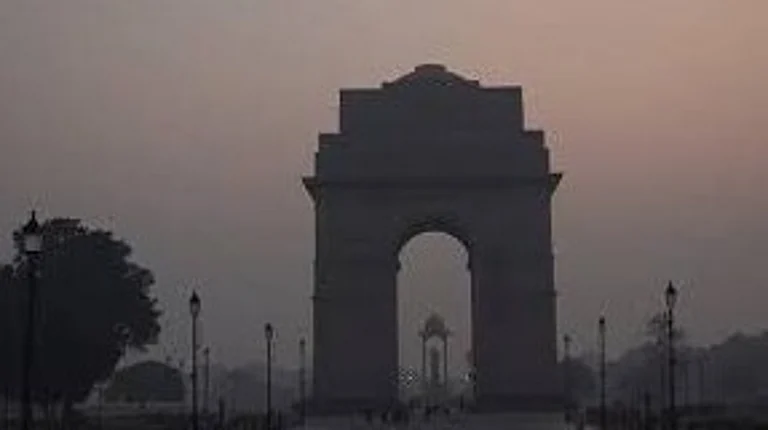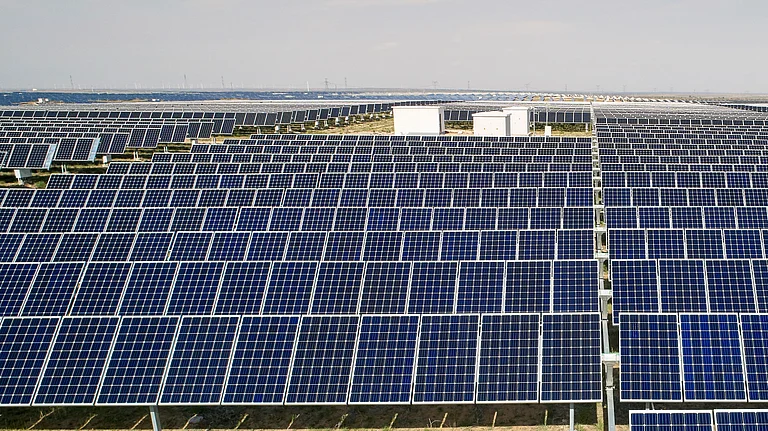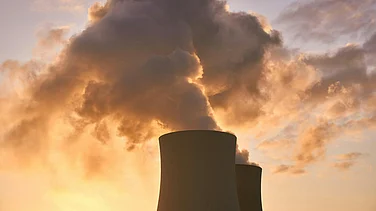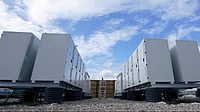Spain and Portugal came to a standstill following an unprecedented nationwide power outage, causing widespread effects such as grounding planes, pausing public transport and forcing hospitals to halt routine operations.
This outage ended up impacting trains, offices, houses, creating chaos for the people, prompting the Spanish and Portugese governments to analyse the problem and fix it, according to The Guardian and Reuters.
So far, as cited by Reuters, the causes for the initial disruption to Spain’s grid remain unclear, but it is believed to have caused a disconnect with France’ more stable electricity network. The use of renewable energy sources like solar and wind adds unpredictability to the grid. On a sunny day, Spain’s solar power generation might have unexpectedly increased, potentially further stressing the grid.
However, energy experts warned that while such large-scale blackouts may not be usual, “no grid is infallible”. Prof Jianzhong Wu, the head of the School of Engineering at Cardiff University, told The Guardian that blackouts “can happen anywhere”.
India’s Push for Renewable Energy
Over the last decade, India too has been pushing for an energy transition by adding renewable energy sources in its energy mix. While this shift is good for the planet, the clean energy push could have adverse effects on India if proper storage systems, like big batteries to save extra energy generated during the day to use later, are not developed.
Especially during the summer months of May and June, when people rely heavily on fans and air conditioners for respite from excessive heat, this gives rise to spike in electricity demand.
According to the Central Electricity Authority, peak electricity demand is expected to rise by nearly 20 gigawatts (GW) within a year – from a peak of 250 GW in May 2024 to a nearly 270 GW this year, according to DownToEarth.
India Faces Growing Demand
Currently, industries, households and agriculture account for 33%, 28% and 19% of India's total electricity consumption, respectively. Household electricity demand has grown the fastest over the past decade, according to Disha Agarwal, Senior Programme Lead – Renewables at the Delhi-based think tank Council on Energy, Environment and Water.
India must now brace for extended heatwaves and a peak electricity demand growth of 9-10%, Agarwal warned.
To further complicate the energy transition process, India also slowed down building of new thermal power plants- the coal plants that act as reliable, always-on sources to keep the grid stable when renewable supply suddenly drops.
In absence of these steady sources, the electricity grid could become unstable, leading to frequent power outages.
According to International Energy Agency, India’s power consumption rose by 7% in 2023, compared to the global average of 2%. This power consumption is expected to grow further, at an average rate of more than 6% on average annually until 2026, supported by strong economic activity and increasing ownership and usage of air conditioners. While renewables are expected to meet almost half of this demand growth, one-third is expected to come from rising coal-fired generation.
As India puts efforts to increase renewable energy capacity to 500 GW by 2030, a failure to strike a balance between growing demand and supply could lead to evening power shortages becoming a normal scenario by 2027, according to a July 2024 report from the India Energy and Climate Centre.






